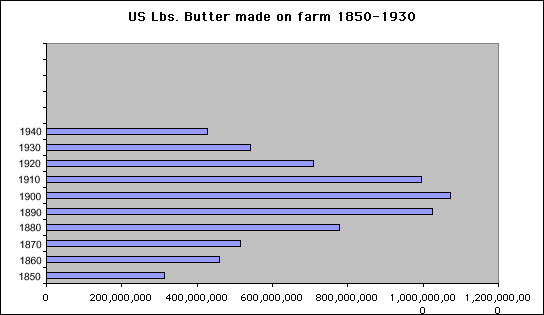"Modernity" and U.S. farm women's poultry operations. Jane Adams,Southern Illinois University
- Industrial production of fibers into thread and cloth displaced women’s cottage production of these necessary commodities. In the process, domestic (household and community) economies lost a degree of autonomy and became integrated into expanding markets. (4)
- As so often happens with modernization, as the products of domestic economies are replaced with relatively cheap commodities, women’s status falls because of their lack of direct access to money with which to purchase these commodities. Married Women’s Property Acts began to be passed by state legislatures in tandem with the development of market capitalism, indicating some dimensions of this phenomenon.
- In a common pattern people did not abruptly abandon old modes of production but rather reconfigured them toward new ends. (5) As market demand increased, women increased their production of the two agricultural products that in most regions of the country they controlled, first dairy (churned into butter) and poultry.
|
"Modernity" and U.S. farm women's poultry operations: farm women nourish the industrializing cities 1880-1940. Paper presented at the international conference, The Chicken: Its Biological, Social, Cultural, and Industrial History: From Neolithic Middens to McNuggets. May 17-19, 2002, Yale University, Program in Agrarian Studies. © Jane Adams 2002
|
|
